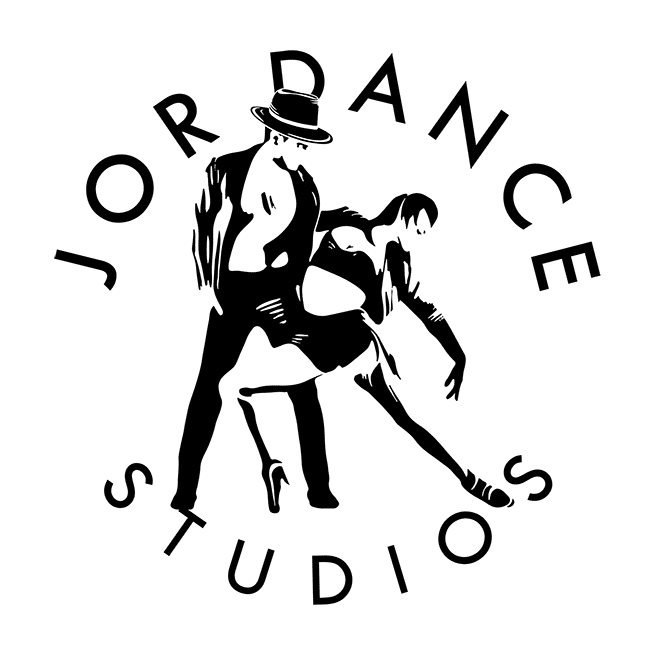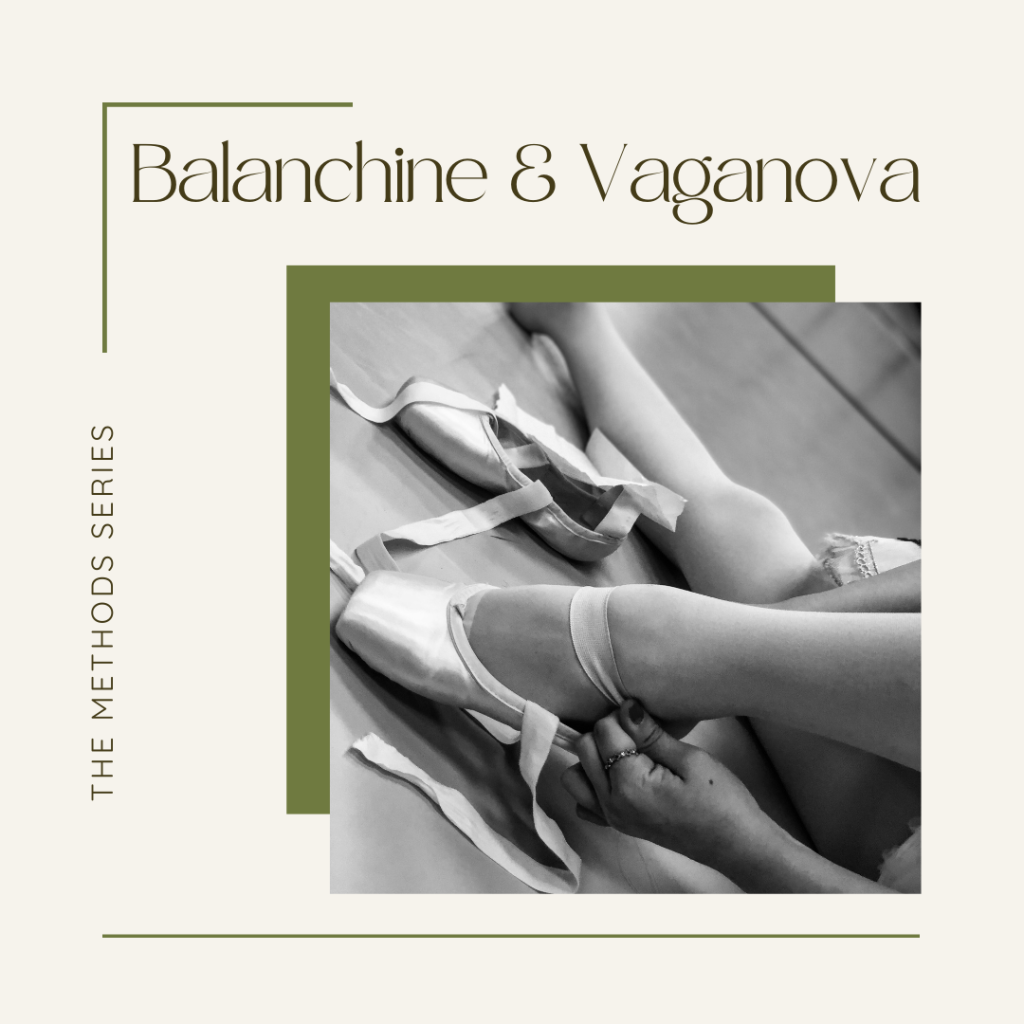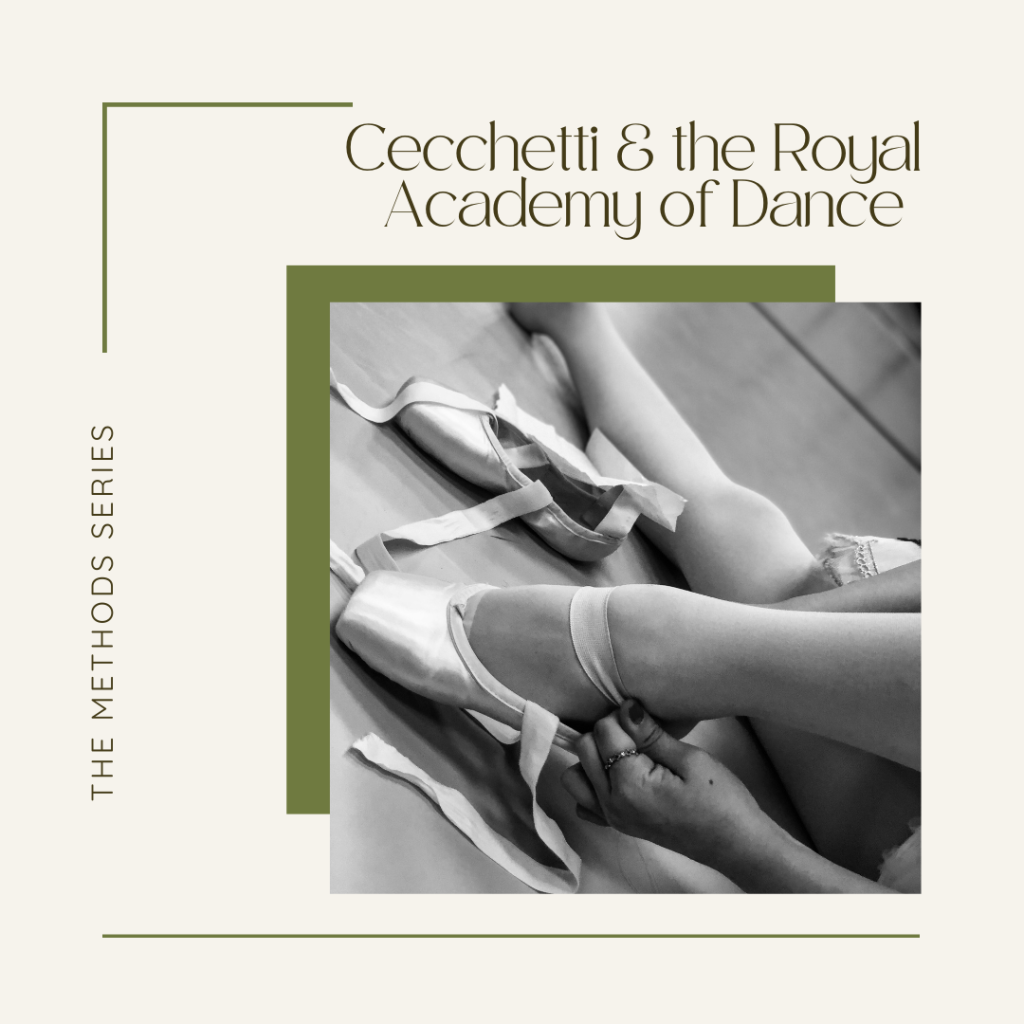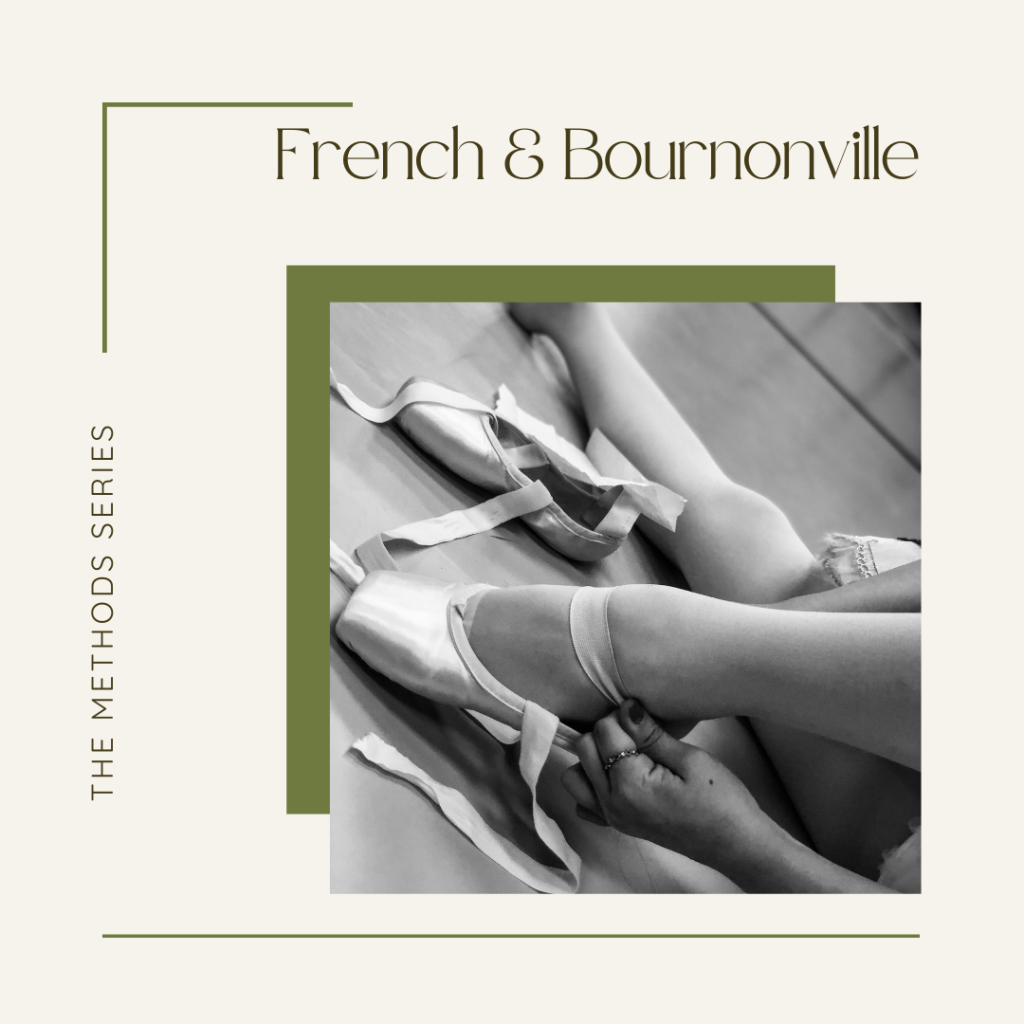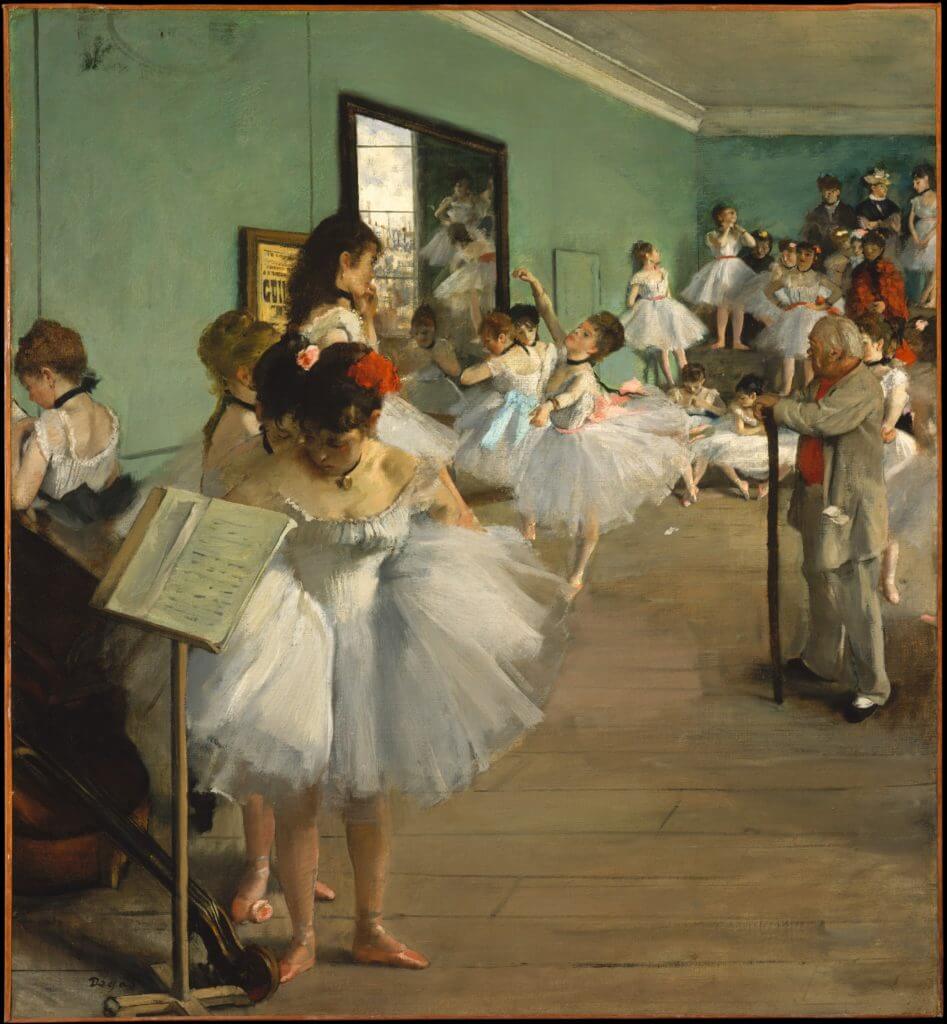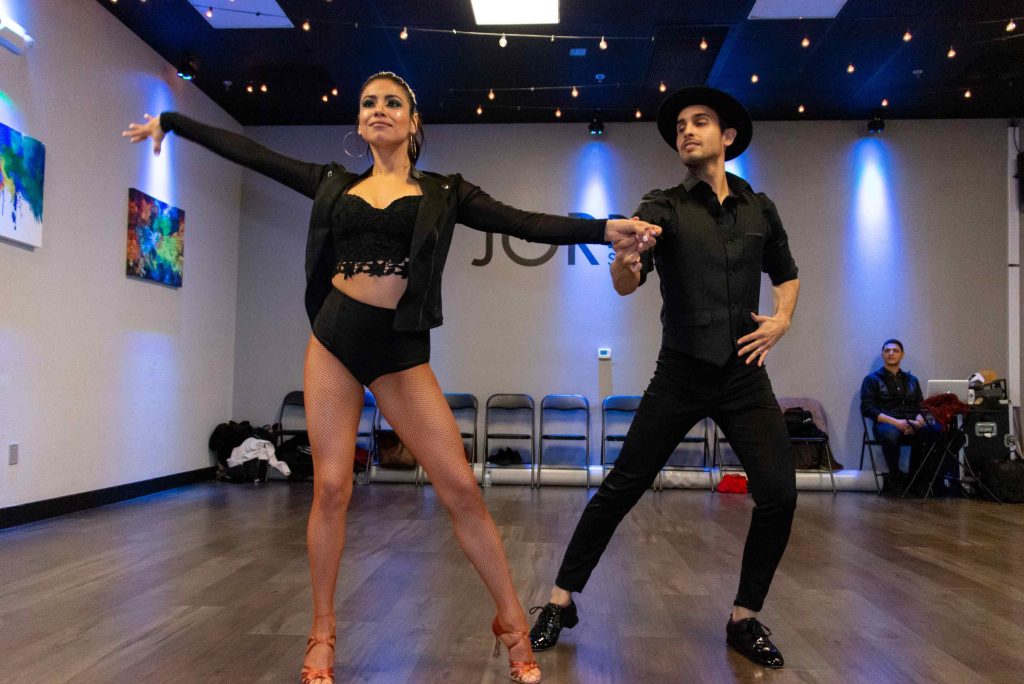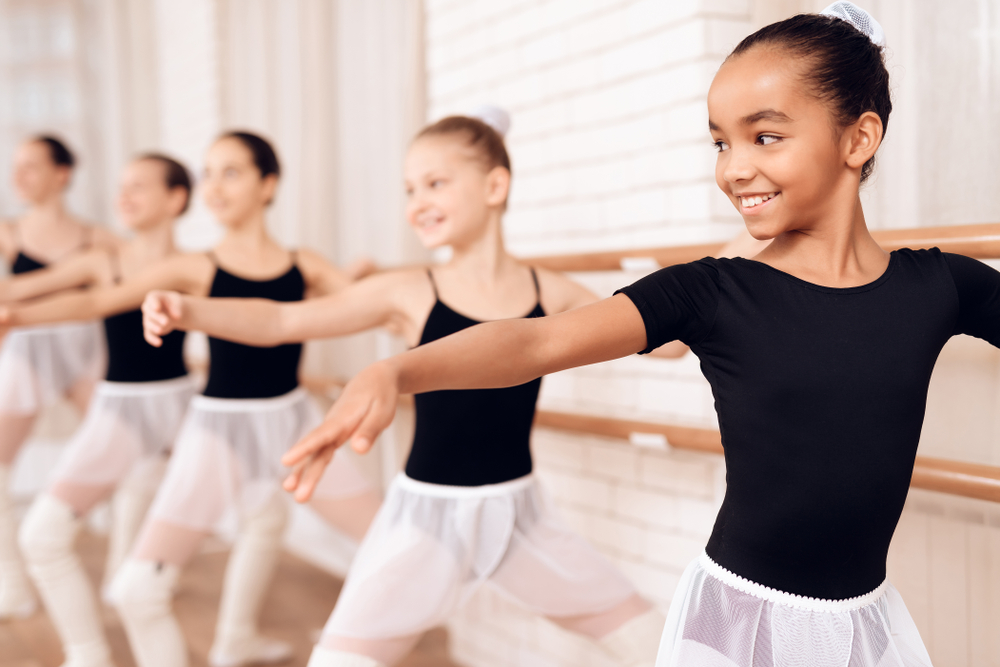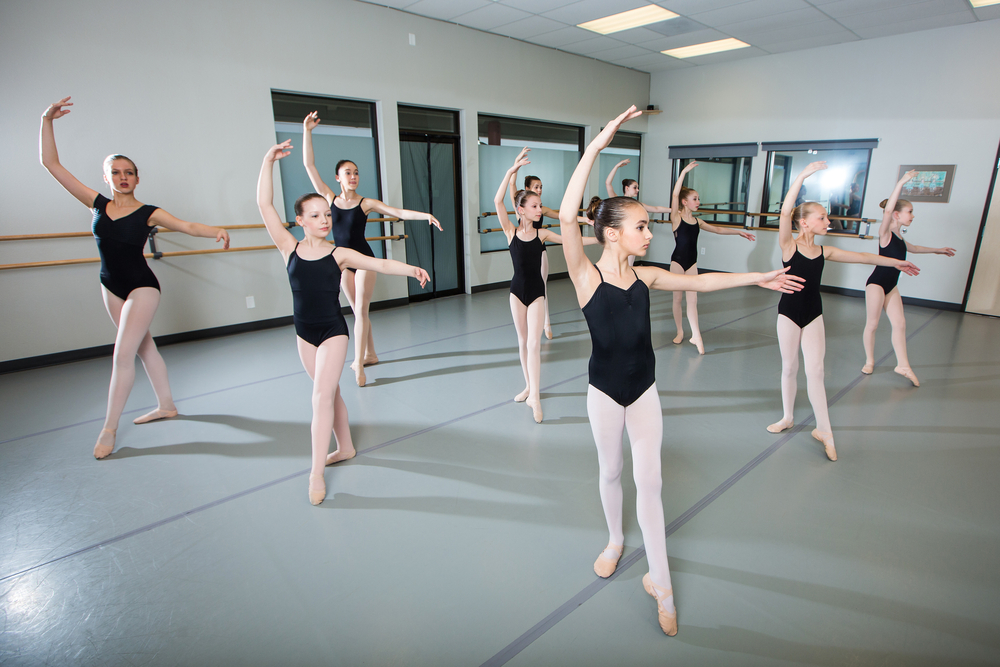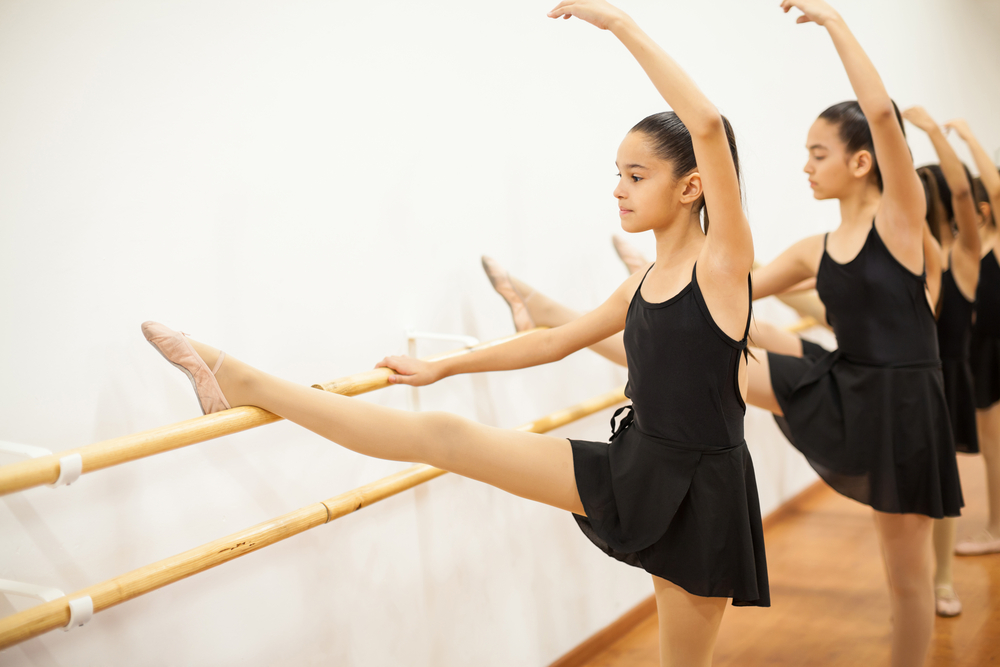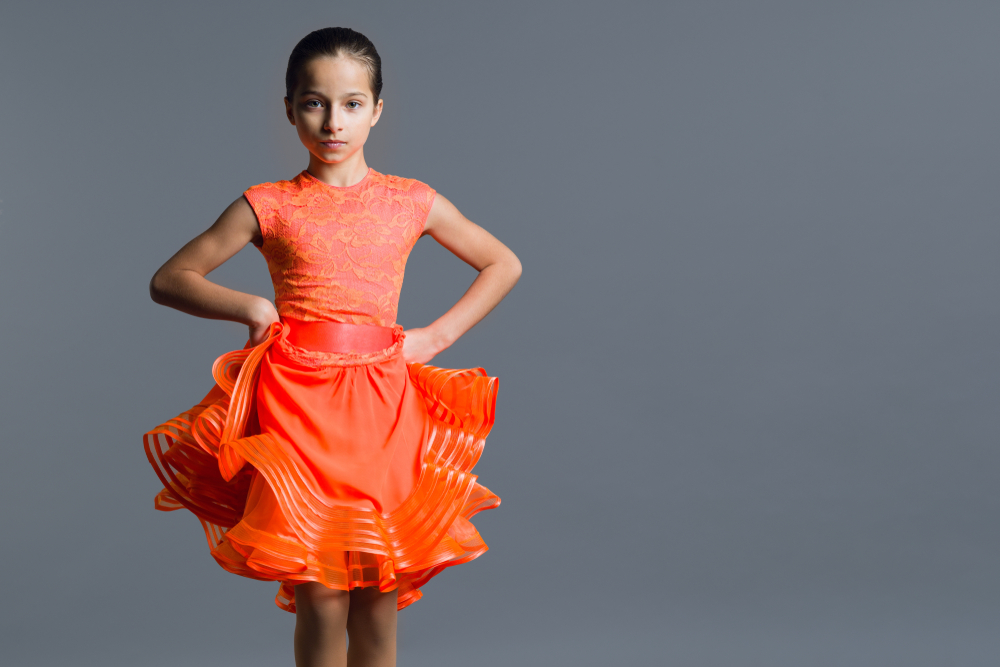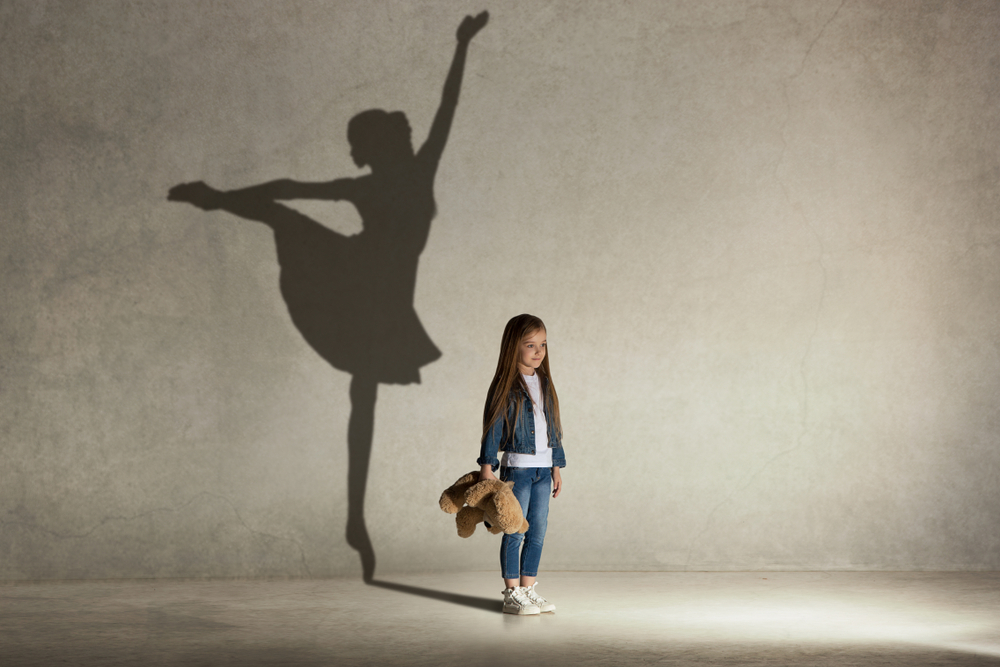THE METHODS SERIES: BALANCHINE & VAGANOVA
The art of ballet has a long history that spans over centuries and across the continents. Because of this diverse history, new technical methods have emerged. In total, there are six main ballet training methods: the Vaganova, Balanchine, French, Cecchetti, Bournonville, and the Royal Academy of Dance (RAD) methods. Each has its own characteristics for style and technique and trains students using unique pedagogy, while still prioritizing and maintaining the integrity of the codified ballet technique as a whole.
Here, we will discuss two of these ballet training methods: Vaganova and Balanchine.
THE VAGANOVA METHOD (RUSSIAN STYLE)
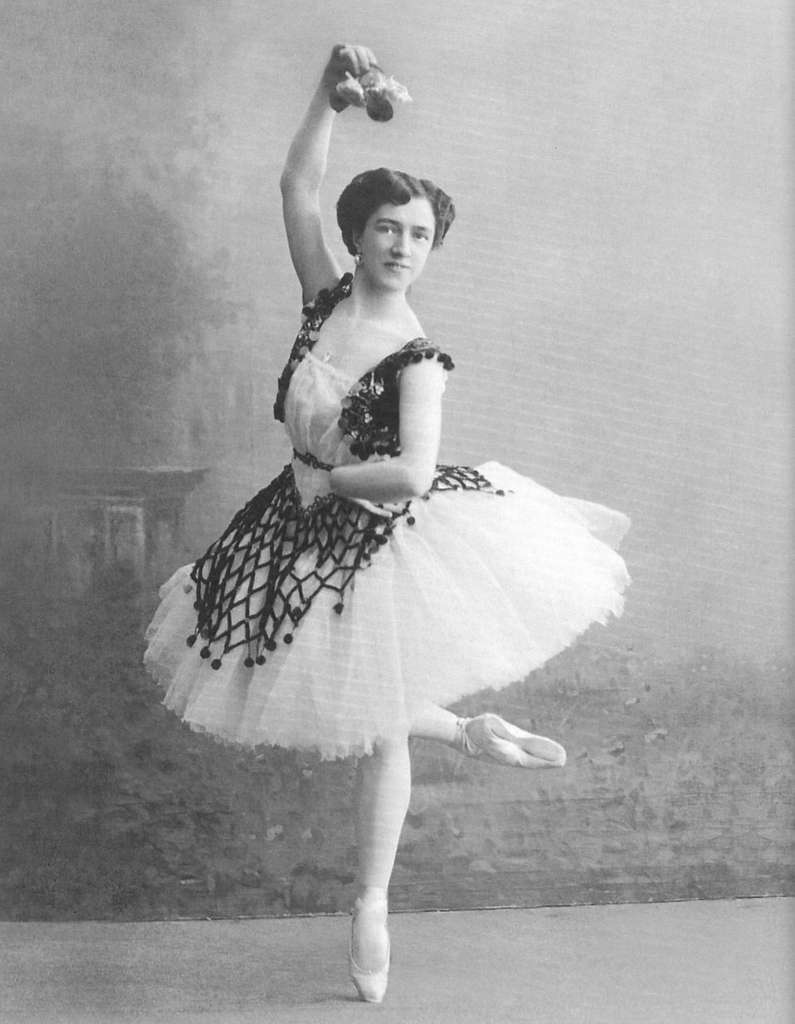
Agrippina Vaganova, “Esmeralda,” 1910. Retrieved from PICRYL.
Background & Origins of the Vaganova Method:
Agrippina Vaganova (1879-1951) was a classically trained Russian ballet dancer and choreographer and is accredited with developing the Vaganova classical ballet technique. Vaganova studied at the Imperial Ballet School in St. Petersburg, Russia, the associate school of the Mariinsky Ballet.
After dancing professionally, Vaganova returned to the school to teach and later became its artistic director, she began to develop her own style–the Vaganova method, which dominated Russian ballet and spread internationally. Because of her influence to the art of ballet and contributions to her alma mater, the Imperial Ballet School was renamed the Vaganova Academy of Russian Ballet in 1957, in honor of Agrippina Vaganova.
Principles & Characteristics of Vaganova Technique:
- Understanding the body as a whole and how to connect one movement to the next, gradually warming up the muscles to extend higher and bend farther to avoid injury.
- Emphasis on the importance of a square, strong torso and upper back for balanced port de bras, during which the arms are used to support the rest of the body.
- Attention to detail and using the whole body in each movement, coordinating the arms, legs, shoulders, and head placement.
- Prepares students to perform a grand pas de deux, which is a culmination of essential ballet techniques.
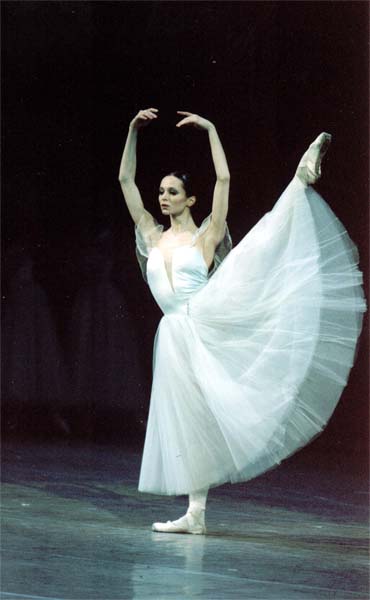
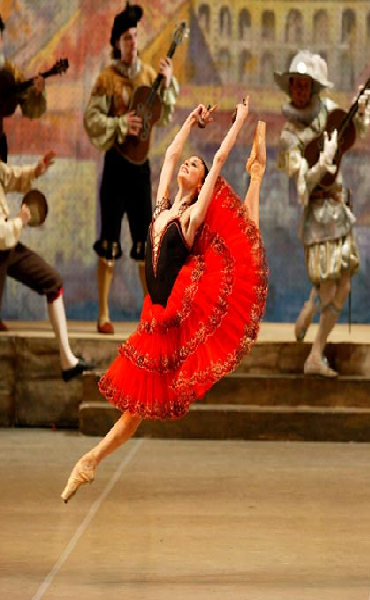
Left: Diana Vishneva, graduate of Vaganova Academy, in Giselle. Retrieved from Flickr. Right: Svetlana Zakharova, graduate of Vaganova Academy, performing Kitri Variation. Retrieved from Wikimedia Commons.
THE BALANCHINE METHOD (AMERICAN STYLE)
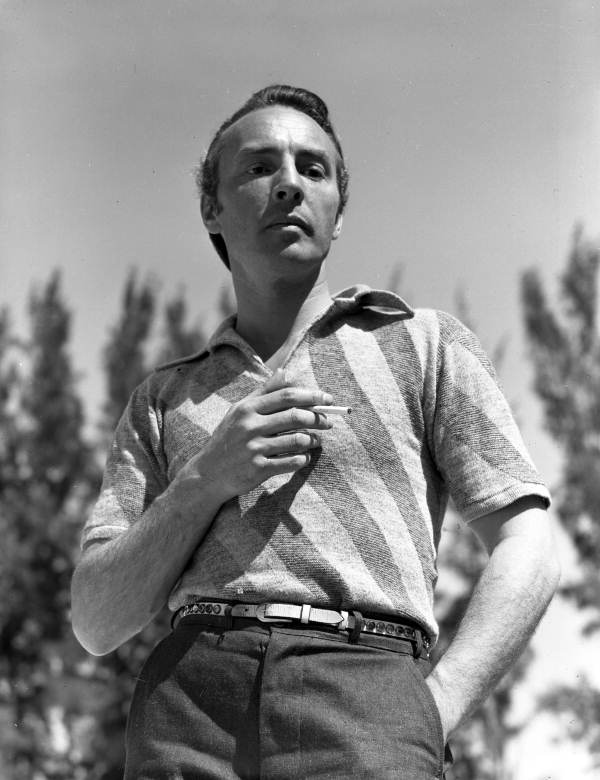
Portrait of Ringling Circus choreographer George Balanchine: Sarasota, Florida. April 1942. Retrieved from PICRYL.
Background & Origins of the Balanchine Method:
George Balanchine (1904 – 1983) is known as one of the most influential choreographers and pedagogues in the ballet world. Like Agrippina Vaganova, Balanchine was trained at the Imperial Ballet School in St. Petersburg, Russia, and also studied music theory and composition at the Petrograd Conservatory of Music. He moved to Paris in the early 1920s, where he began working as a choreographer and ballet master for Ballets Russes, a traveling ballet company. Balanchine continued to explore his own style, building on classical ballet technique to develop what is now called neoclassical ballet.
In 1934, Balanchine collaborated with art connoisseur Lincoln Kirstein to open The School of American Ballet. Here, he trained students in his unique style, which became synonymous with American ballet technique. In 1948, the two co-founded the New York City Ballet, where Balanchine served as artistic director for over 30 years.
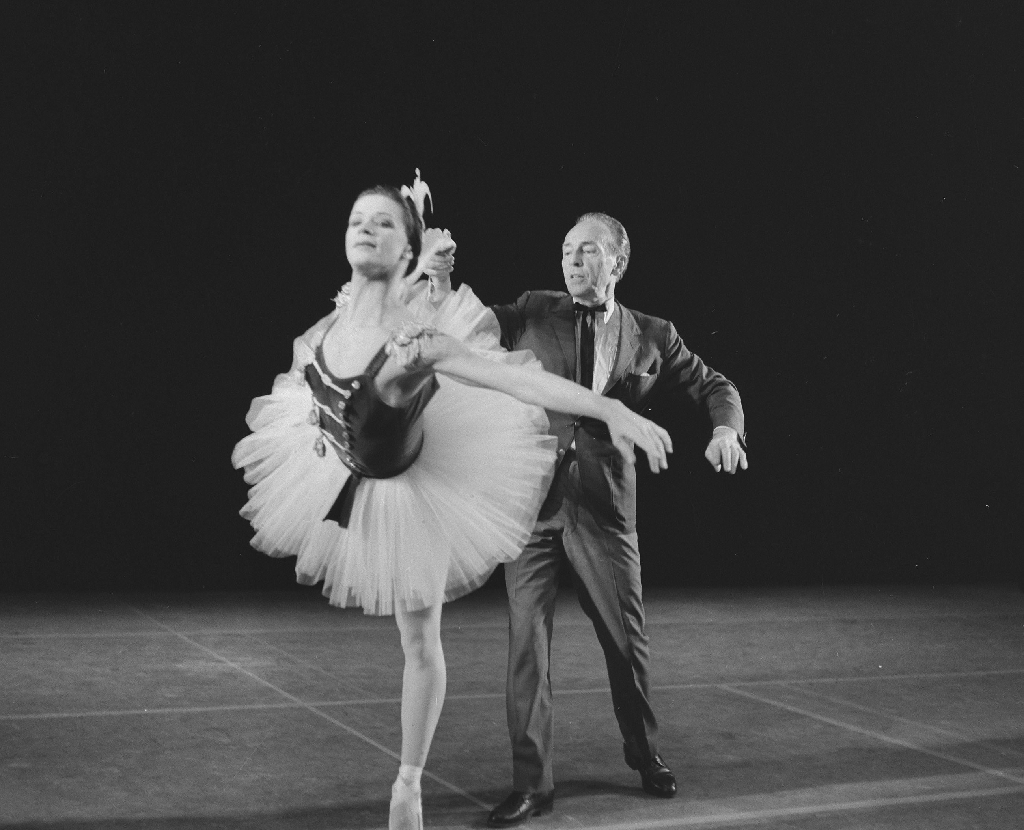
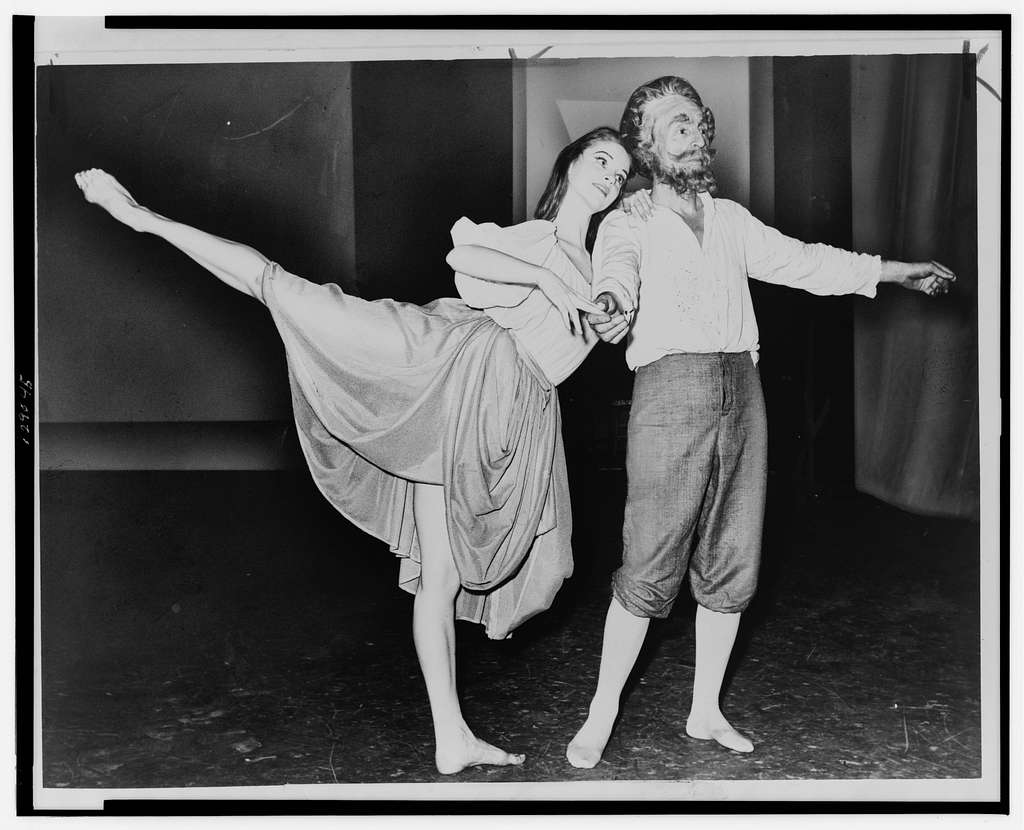
Left: New York City Ballet in Amsterdam, repetitie New York City Ballet. Retrieved from Wikimedia Commons. Right: Suzanne Farrell and George Balanchine dancing in a segment of “Don Quixote” at New York State Theater. Library of Congress. Retrieved from GetArchive.
Principles & Characteristics of Balanchine Technique:
- Emphasizes faster, more athletic movements and trains students using exercises that are not used on stage, as in the Vaganova method, but to build strength and flexibility.
- Deeper plié and notable arabesque with an open hip that faces the audience, rather than forming positions around a square and symmetrical torso.
- Open port de bras and hands, with broken wrists and open fingers, compared to a softer, longer, and more streamlined position of the hands.
- Extremely fast footwork and syncopated musical timing, requiring dancers to position their weight on the balls of the feet.
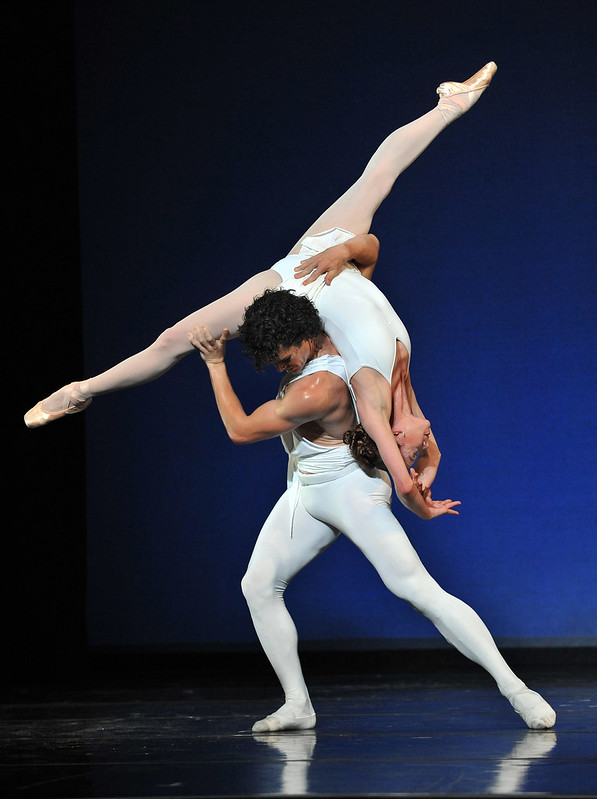
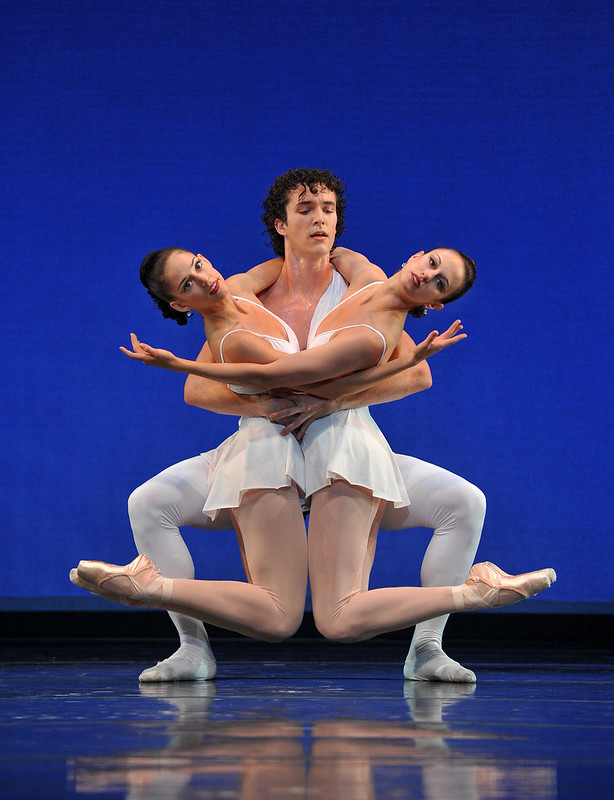
JORDANCE TAKEAWAY
At Jordance Studios, our instructors are trained and knowledgeable in a variety of ballet training styles and techniques. Our ballet instructors teach using the Cuban Method of Ballet, which has origins in the Russian Vaganova Method. However, although our students do not train in Balanchine technique, we ensure that they understand the principles of the method and its differences compared to the training that they receive at Jordance, as well as appreciation for Balanchine’s contribution to the art of ballet.
SOURCES:
https://www.masterclass.com/articles/vaganova-ballet
https://vaganovaacademy.ru/academy-eng/history-eng.html
https://www.studiorballet.com/the-vaganova-method/
https://www.abt.org/people/george-balanchine/
https://www.nycballet.com/discover/our-history/george-balanchine/
https://www.masterclass.com/articles/cecchetti-ballet
https://www.studiorballet.com/the-balanchine-method/
https://www.youtube.com/watch?v=dyzcmwihsnI
https://www.blackpoolgrand.co.uk/different-types-ballet
